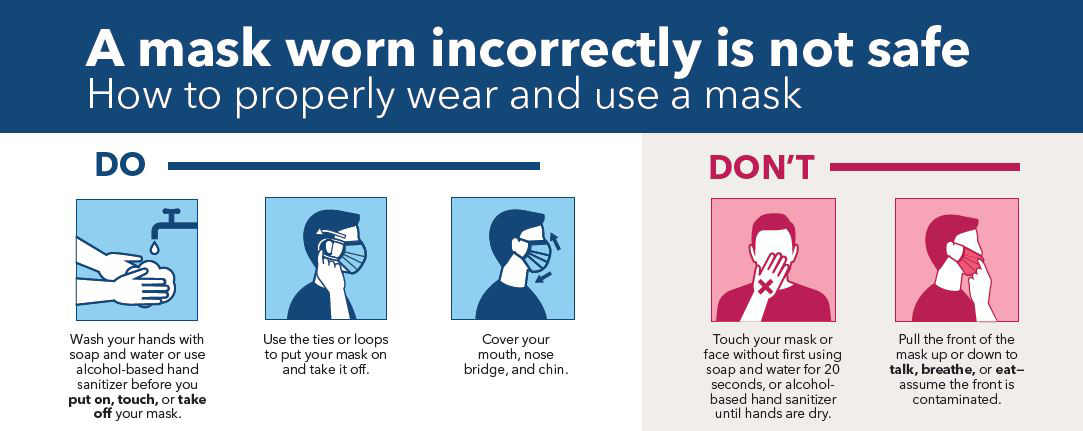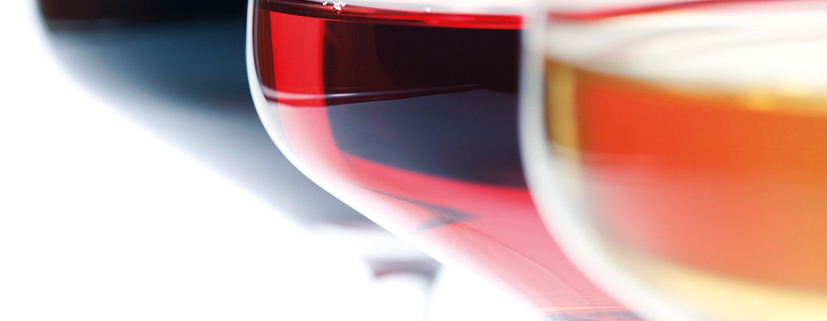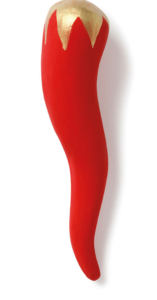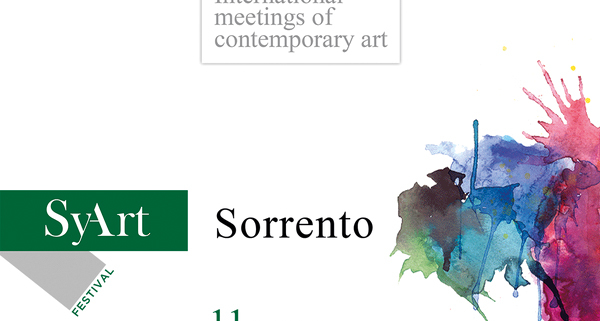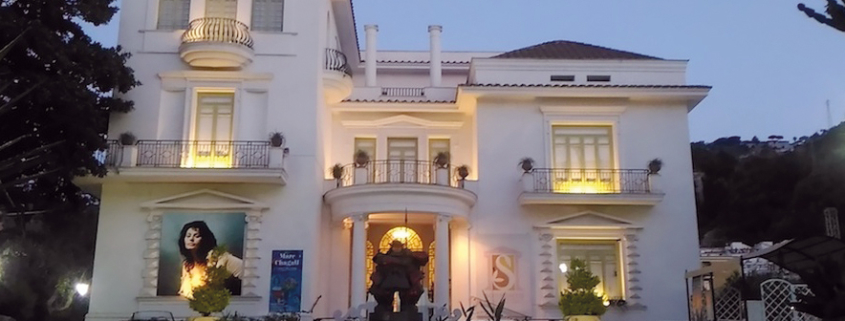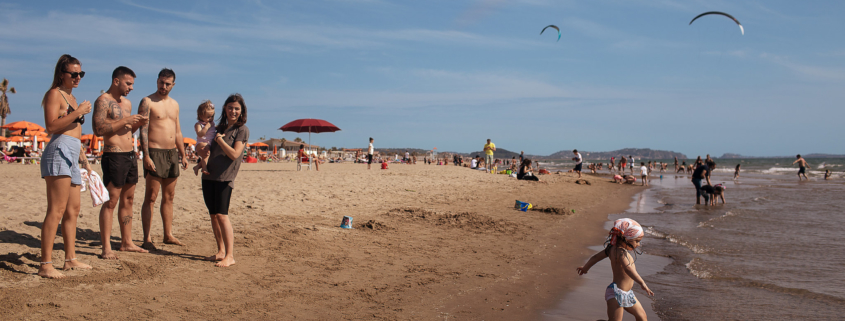THE CURRENT COVID-19 SITUATION IN CAMPANIA, ITALY
JUNE 21/06/2021

-
MINIMUM RISK WHITE ZONES
Following various changes regarding Italy’s anti-COVID colour-coded tier system changing from high-risk red zones to orange and yellow, the Campania region (amongst others) will finally be classified as a lowest-risk white zone as of June 21st 2021. The monitoring report was presented last Friday (June 18th 2021) after being examined by the Italian Government’s COVID-19 taskforce. All of Italy’s regions and autonomous provinces will now be considered as low risk except for Valle d’Aosta, which is considered as moderate risk – remaining classed as a yellow zone.

The health minister Roberto Speranza signed the latest ordinance thanks to the decrease in infections. The Campania region has recorded an incidence of infection lower than 50 for the last three weeks. Both the proportion of Italy’s intensive-care places occupied by COVID19 patients and ordinary hospital-ward beds at a national level are currently at 6%. No Italian region is currently placed above the critical threshold of 30%.
-
NIGHT-TIME CURFEW
One of the major changes when the white zone enters into force will be the end of the night-time curfew – with no restrictions regarding travel to other white zones and no time limits to return home. Justification is not necessary if travelling nationally but specific restrictions must be respected.
-
EUDCC Digital COVID Certificate – GREEN PASS
If travelling throughout national territory you must be in possession of a “Green Pass”. The “Certificazione Verde” website enables travellers to request the digital certification in English, French and German and is designed to facilitate travel.
In order to claim the Green Pass it is necessary to provide one of the following: certification of full vaccination, details of recovery from COVID19 or a recent test resulting negative.
Consult online: www.cg.gov.it / www.salute.gov.it , Pharmacies or Doctor. The certification is available in both paper and digital versions containing a QR code and is completely free of charge.
The EU Digital COVID Certificate (EUDCC) will allow travel throughout the European Union as from July 1st.
Gatherings remain prohibited and social-distancing remains necessary.
Bars and restaurants will finally be able to remain open without having to respect time restrictions. Indoor tables are limited to 4 seated guests with the only exception of cohabitants.
-
FACE MASKS
The use of protective face masks remains obligatory both indoors and outdoors throughout Italy.
Following numerous debates, the Italian Government plans to drop this obligation but there are still no precise indications.
Changes are expected regarding outdoor use as of June 28th but use will still be necessary in any crowded situations, queues, public transport, bars and restaurants if not seated and indoors.
The Italian Higher Health Institute (ISS) president Silvio Brusaferro quoted that the infection curve has resulted amongst the lowest in the EU and many zones have no viral cases with some regions reporting cases coming from abroad.
Chief Health Minister Gianni Rezza commented that the situation is “very good, but the epidemic isn’t over yet”…

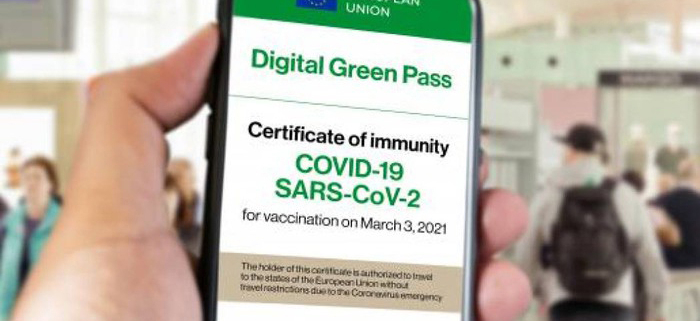
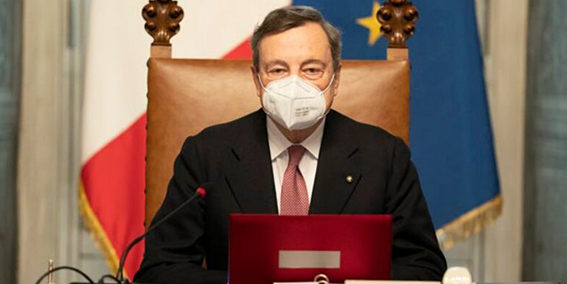
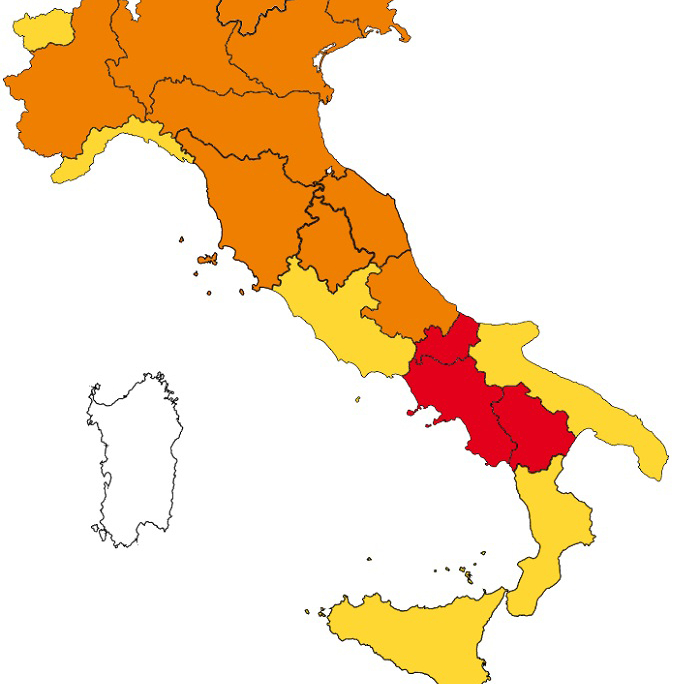
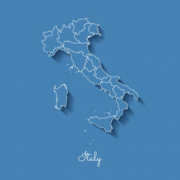


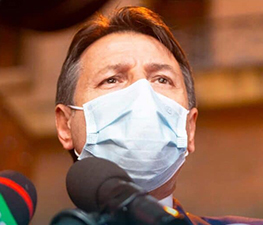
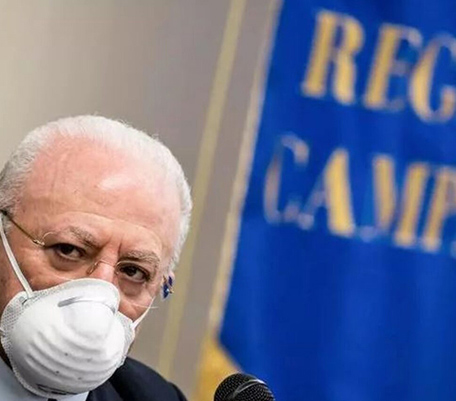 The main changes introduced by the new decree are as follows:
The main changes introduced by the new decree are as follows: